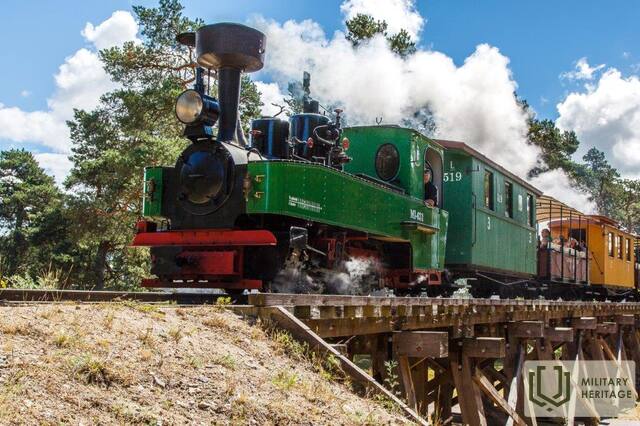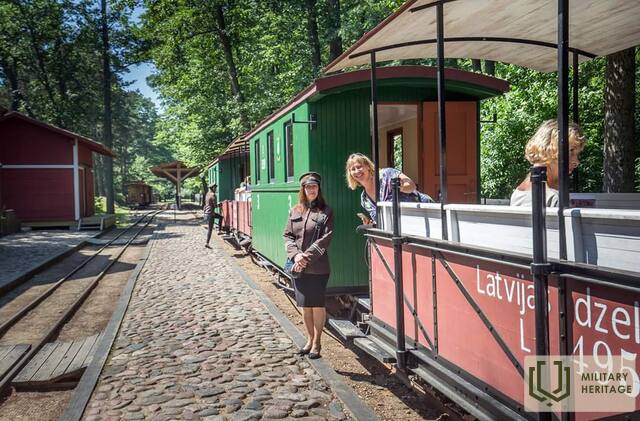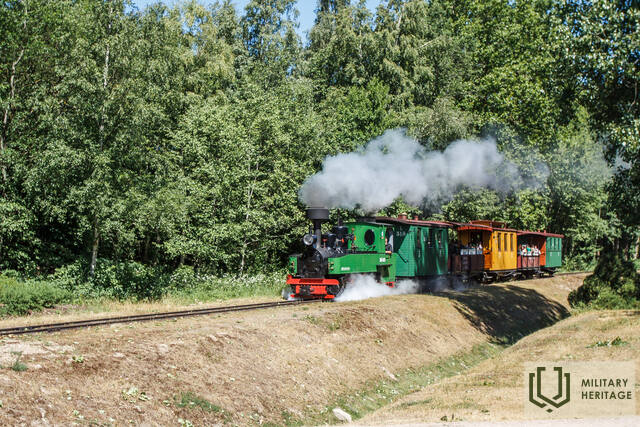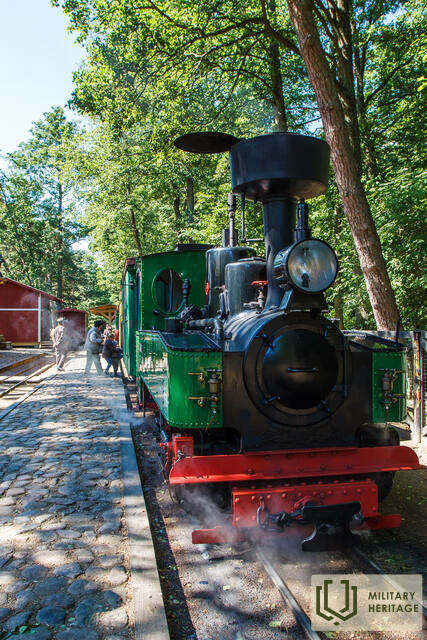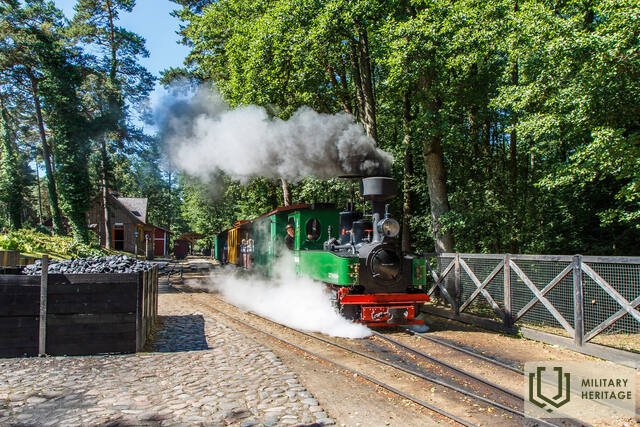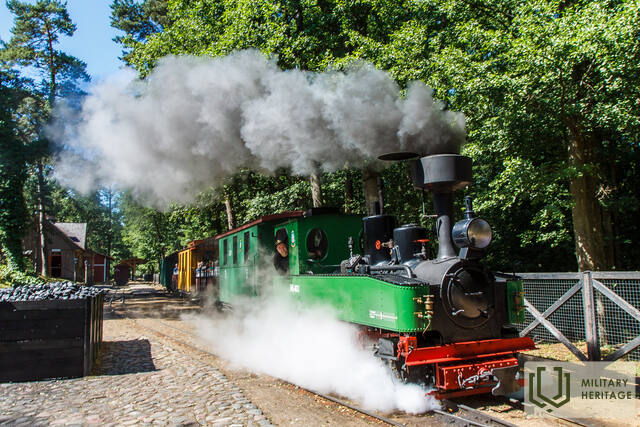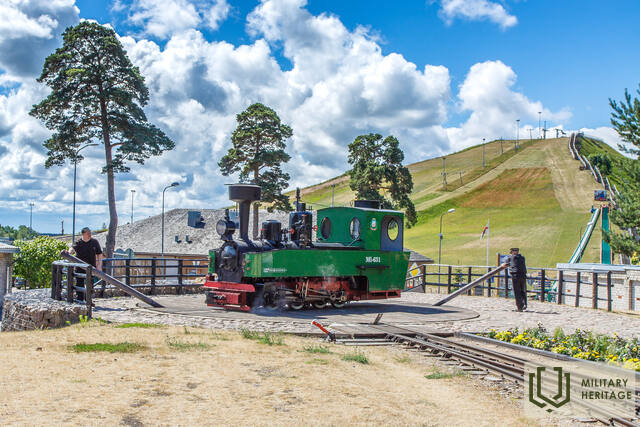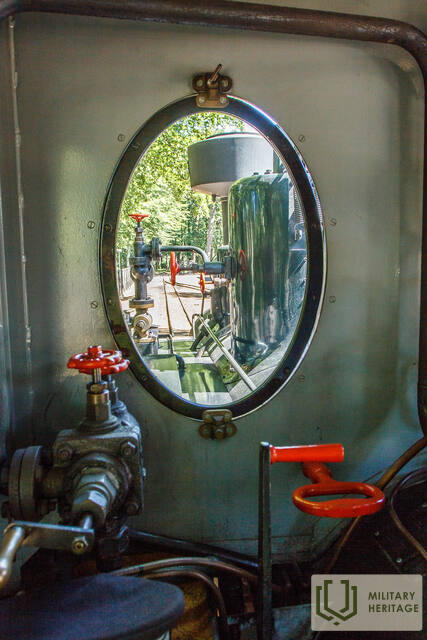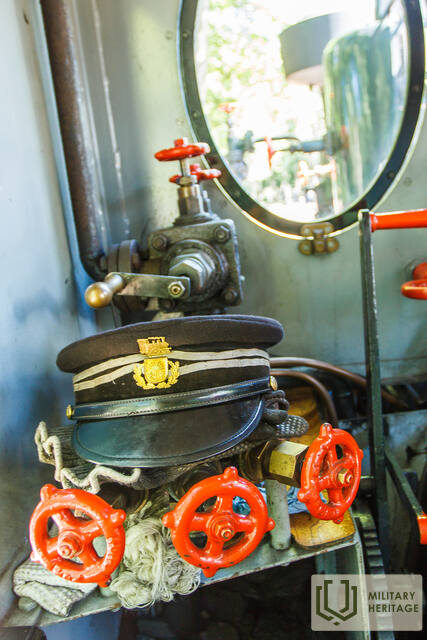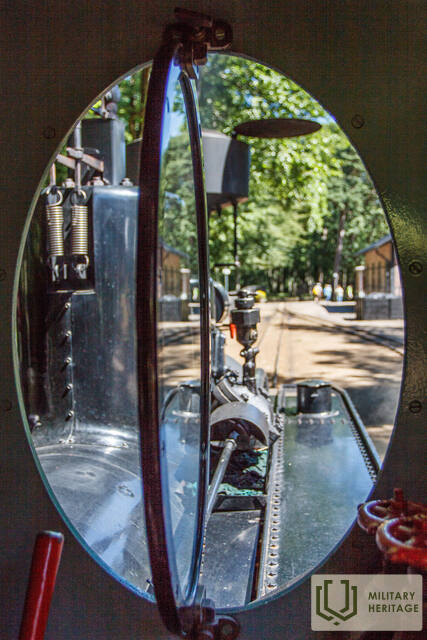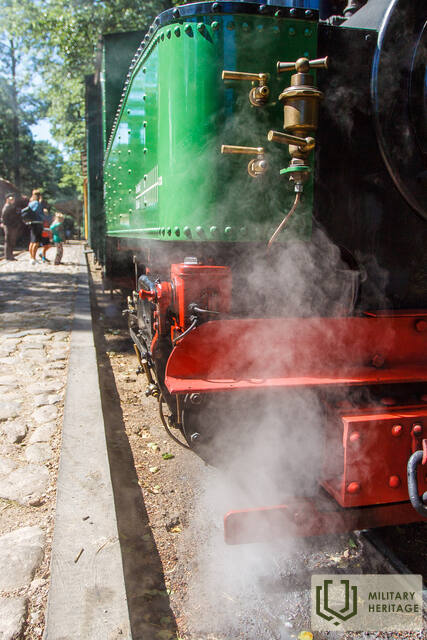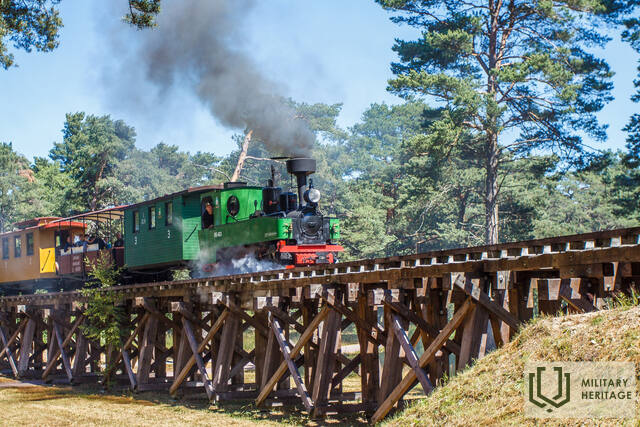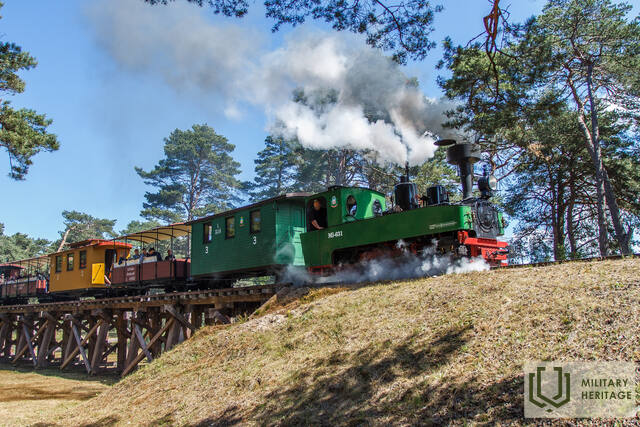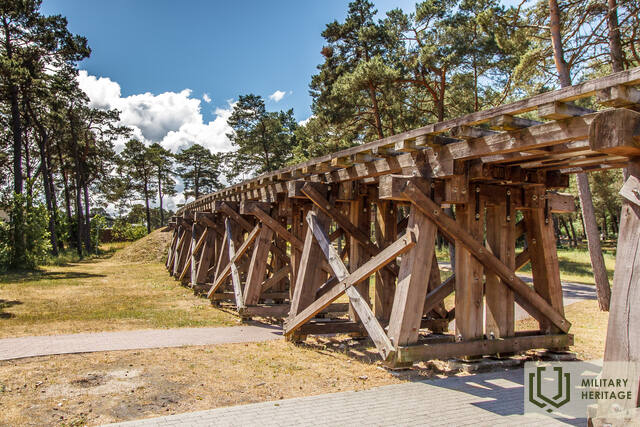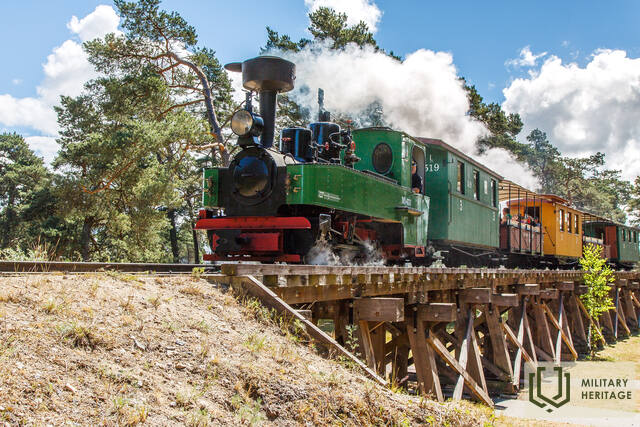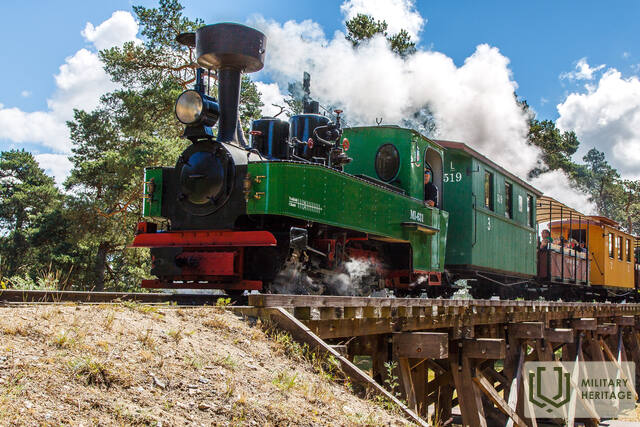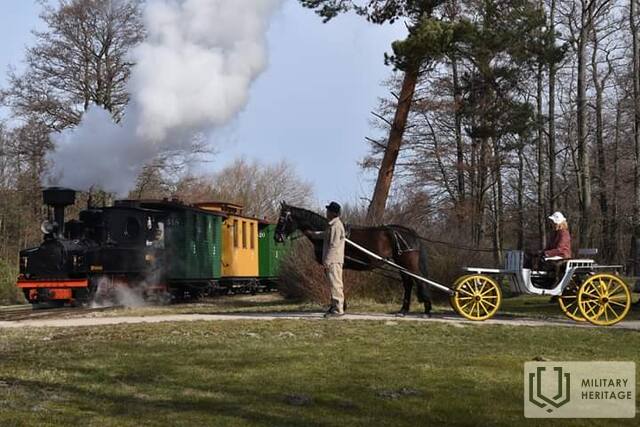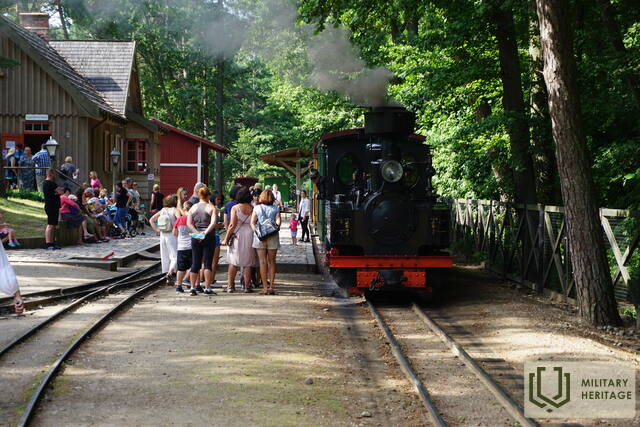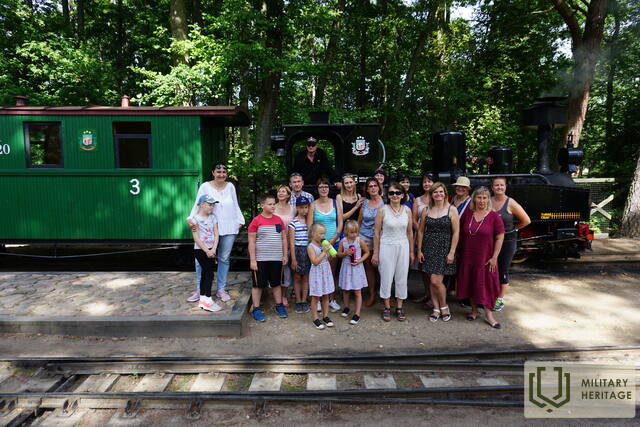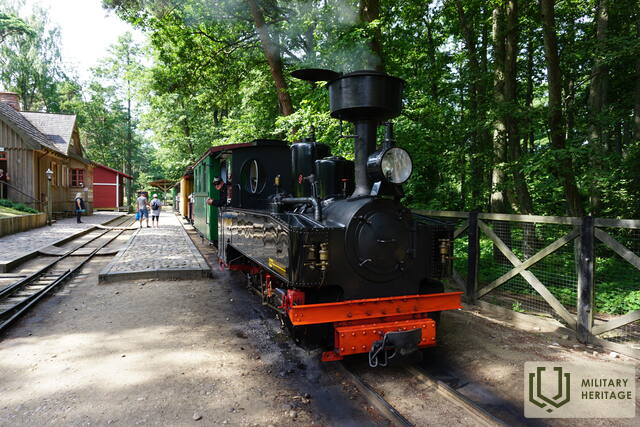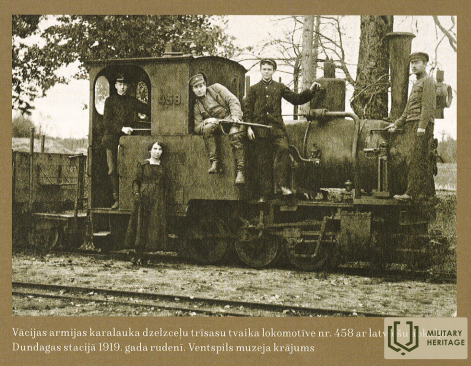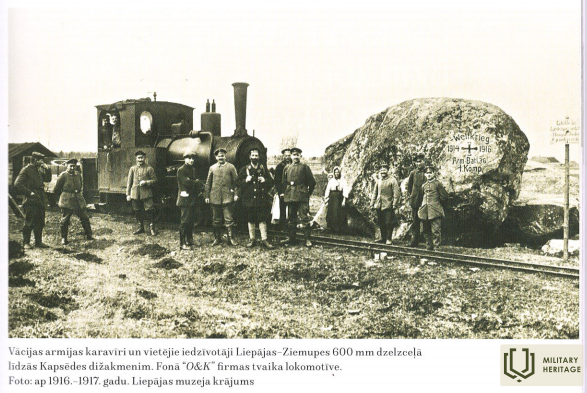Siaurojo geležinkelio traukinukas „Mazbānītis“ Ventspilio Pajūrio muziejuje po atviru dangumi
Muziejus

Ventspilio Pajūrio muziejuje po atviru dangumi galite pasivažinėti dviem siaurojo geležinkelio linijomis su traukinuku „Mazbānītis“. Žiedinė linija yra 1,4 km, o kalnų linija – 3 km. „Mazbānītis“ – tai lokomotyvas, kuris 1916–1963 m. 600 mm siaurojo geležinkelio bėgiais vežė keleivius ir krovinius. Tai Pirmojo pasaulinio karo karinės istorijos palikimas, kuris kadaise atliko svarbų vaidmenį šiaurinės Kuržemės kultūriniame ir ekonominiame vystymesi, jungdamas gyvenvietes ir suteikdamas naujų darbo vietų.
Didelio 600 mm siaurojo geležinkelio tinklo statyba daugiausia siejama su Pirmuoju pasauliniu karu, kai 1916 m. Vokietijos armija okupuotoje Latvijos teritorijoje pradėjo kelių vadinamųjų karinių lauko geležinkelių (vok. Heeresfeldbahn) statybą. Šie geležinkeliai galėjo būti greitai nutiesti, išardyti ir perkelti į kitą fronto liniją. Latvijos siaurojo geležinkelio tinklas buvo naudojamas ir Antrojo pasaulinio karo metu. Beveik 60 metų siaurasis geležinkelis buvo vienintelė saugi priemonė keleiviams, įvairiems žemės ūkio produktams ir medienai gabenti į miestus tiek žiemą, tiek vasarą.
Panaudoti šaltiniai ir literatūra:
www.muzejs.ventspils.lv/piejuras-brivdabas-muzejs/mazbanitis/
Susijusi laiko juosta
Susijusios temos
Susijusi istorija
Svarbi Stendės stoties vieta Karalausko geležinkelio tinkle
Irbės sąsiaurio rajono mūšio lauko geležinkelių pagrindinė užduotis buvo aprūpinti Vokietijos armijos pakrantės gynybos pozicijas patrankomis ir amunicija.
600 mm siaurojo geležinkelio Sėlijoje
Dažnai sakoma, kad karas yra visų dalykų tėvas, ir būtent taip buvo su Latvijos kaimo geležinkeliais. Bet kuriai armijai, puolančiai ar besiginančiai, reikia nemažų išteklių karo veiksmams užtikrinti. Kai 1915 m. Vokietijos armija įžengė į Latvijos teritoriją, ji susidūrė su tiekimo sunkumais. 1915 m. pabaigoje frontas stabilizavosi palei Dauguvos liniją. Istoriškai gyventojų tankumas Sėlijos teritorijoje buvo mažas, todėl nebuvo plataus transporto kelių tinklo.




